Essential Disability Aids For Elderly
Disability Aids For Seniors
As individuals age, it is common for them to experience a decline in physical and cognitive capabilities. For seniors who have a special needs, this decline can end up being more significant and impact their every day life.
Nevertheless, there are various disability help readily available that can help seniors preserve their independence and lifestyle. These aids can come in the form of mobility gadgets, adaptive tools for consuming and drinking, tools for dressing and grooming, house modification aids, and communication aids.
By using these help, seniors can continue to perform daily tasks that may have ended up being difficult due to their disability. In this short article, we will check out the different types of special needs aids available for senior citizens and how they can enhance their total well-being. There are several disability aids for seniors available.
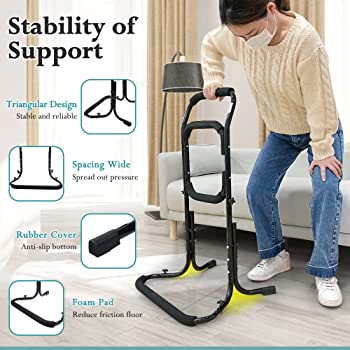
Disability Aids For Seniors
Strolling aids are a popular choice for elders who need assistance with balance. These aids include canes, crutches, and walkers. Walking canes are a fantastic alternative for those who require a little extra support, while walkers are ideal for people who need more significant assist with balance. Crutches are typically utilized for those who have actually suffered an injury and need assistance for a restricted quantity of time.
Wheelchair options are likewise available for seniors who require more extensive aid with mobility. There are several kinds of wheelchairs to choose from, including manual and electrical alternatives. Manual wheelchairs are moved by the user, while electrical wheelchairs are powered by a battery. Both kinds of wheelchairs come in a variety of sizes and designs to meet individual requirements.
Stairlift solutions, scooter types, and transfer equipment are other choices readily available for elders with restricted movement. Stairlifts are gadgets that help individuals navigate stairs safely, while scooters supply a means of transport for those who are unable to walk long distances. Transfer equipment such as lifts and transfer boards can assist elders move from one surface area to another, such as from a bed to a wheelchair.
With these different alternatives offered, seniors with minimal movement can find the ideal aid to help them browse their surroundings safely and independently.
Reacher Grabber
Using adaptive tools for dining, such as feeding gadgets, drinking help, and swallowing tools, can considerably boost the dining experience for seniors. These tools can assist people with handicaps or restrictions to drink and eat with greater ease and convenience.
There are a range of adaptive tools offered, including specialized utensils and cups, that can assist with mealtime tasks, such as cutting, scooping, and lifting. One typical kind of adaptive tool for dining is utensil modifications. These can include weighted or angled utensils, along with utensils with bigger handles or grips, making them much easier to hold and manage.
Other adaptive tools for consuming and drinking consist of spill-proof cups, straws, and specialized plates and bowls. These tools can assist people with conditions such as arthritis, Parkinson's illness, or other handicaps maintain their self-reliance while eating.
For individuals with more serious impairments or conditions, mealtime assistance might be required. Caregivers or member of the family can offer hands-on help with feeding and drinking, or specialized feeding gadgets might be used to assist with swallowing troubles.
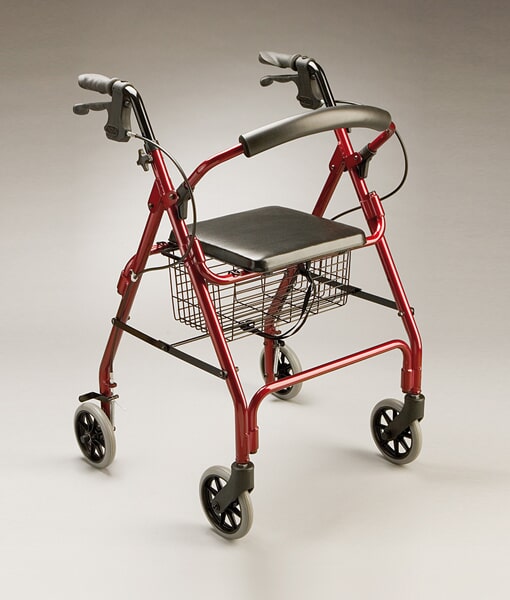
Overall, utilizing adaptive tools and mealtime support can greatly improve the quality of life for seniors with impairments, allowing them to keep their dignity and self-reliance while performing these essential daily jobs.
Assistance with dressing and grooming can be made easier through making use of assistive tools developed to promote self-reliance and boost the everyday regimens of people with physical constraints.
For people who have problem with buttoning their clothing, dressing sticks and button hooks can be helpful. These tools allow people to attach buttons without using fine motor abilities and reduce the time needed to complete dressing jobs. Assistive clothes, such as magnetic closures or Velcro fasteners, can also be used to make dressing simpler and more efficient.
Grooming aids such as adaptive combs can be utilized to help individuals with limited hand mastery in styling their hair. These combs have bigger handles, which make them simpler to grip and control. Furthermore, long-handled combs can be used to reach the back of the head and aid people with restricted movement to style their hair individually.
Likewise, adaptive brushes and combs can be used for grooming facial hair. These tools can be helpful for people who have problem holding a traditional brush or comb due to arthritis or other physical restrictions.
Overall, adaptive tools for dressing and grooming can substantially improve the lifestyle for senior citizens with specials needs. These tools assist promote independence and preserve everyday regimens, which can have a favorable impact on mental and emotional wellness. By using assistive tools, elders can continue to engage in self-care activities and maintain their dignity and sense of autonomy.
It is rather practical that the physical restrictions of an individual can be accommodated with the help of home adjustment tools that promote independence and availability within the living space. These help are vital for seniors with specials needs who want to maintain their autonomy and quality of life.
Restroom modifications, such as grab bars, shower seats, and raised toilet seats, are necessary for people with mobility concerns to prevent falls and guarantee safety. Similarly, kitchen area aids like adjustable-height countertops, pull-out racks, and easy-grip utensils can assist seniors with arthritis or minimal movement to prepare meals and delight in cooking.
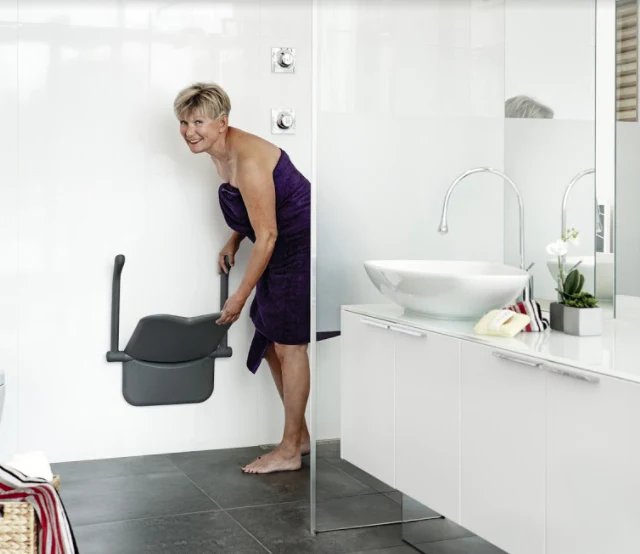
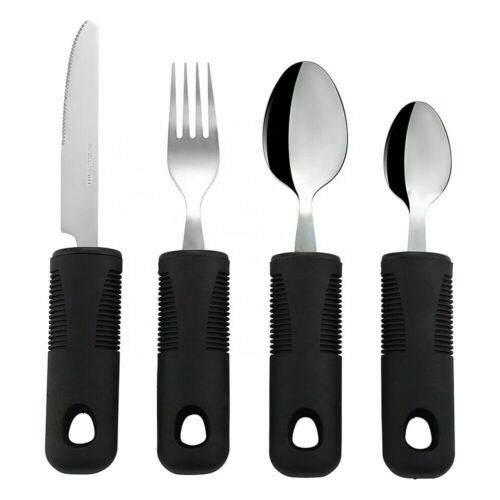
Entryway and exit help like door openers, limit ramps, and hand rails can make it simpler for elders with movement impairments to get in and leave their houses safely. In addition, stairlifts and ramps can supply wheelchair access to different levels of your house, making it possible for senior citizens with specials needs to walk around independently and conveniently.
In summary, home modification aids are important for senior citizens with specials needs to preserve their independence and enhance their lifestyle. By making simple modifications to the living space, such as setting up grab bars, adjustable-height counter tops, and bed rails, seniors with mobility disabilities can minimize the risk of falls and improve their safety and convenience. It is vital to think about these house adjustment aids to promote availability and self-reliance for senior citizens with specials needs.
Interaction is a crucial aspect of life, and for people with speech impairments, interaction aids play a crucial role in allowing them to reveal themselves effectively. Assistive technology such as speech recognition software, speech synthesizers, and communication boards can help people with speech impairments to communicate more effectively.
Moreover, speech therapy can assist improve speech production, expression, and fluency for people with speech impairments.
Hearing gadgets such as hearing help and cochlear implants can assist people with hearing impairments in interacting with others effectively. These devices amplify sound and can assist people with hearing loss to hear more plainly.
In addition, language translation software or devices can help people who speak different languages to communicate with each other. Sign language interpreters can likewise be used to help people with hearing impairments in interacting successfully.
Interaction aids offer people with impairments the chance to communicate with others and reveal themselves effectively. As technology continues to advance, interaction help are ending up being more budget friendly and available, making it easier for individuals with impairments to interact.
However, it is necessary to keep in mind that communication aids are not a one-size-fits-all option, and what works for one person might not work for another. Therefore, it is essential to deal with a healthcare expert or a speech-language pathologist to determine the very best interaction help for a private with an impairment.
Mobility aids such as walking canes, walkers, and wheelchairs provide increased independence and safety when navigating daily life.
Adaptive tools for drinking and eat ensure that elders can continue to take pleasure in meals without difficulty.
Tools for dressing and grooming permit senior citizens to maintain their personal hygiene and dignity.
House adjustment help, such as grab bars and shower chairs, can prevent falls and enhance accessibility.
Finally, communication aids, such as hearing help and speech-generating gadgets, can help senior citizens keep social connections and self-reliance.
These help are more than simply devices, they are symbols of hope and liberty for elders. They work as a reminder that age or physical restrictions need to not restrict one's capability to enjoy life to the max.
As caring and experienced members of society, it is our task to promote for and support the use of these aids to empower and enhance the lives of seniors with impairments.
Social Security Disability provides a safeguard for countless Americans who can not work because of extreme health problem or injury. Although the advantages are modest-less than $1,200 each month on average-they assistance lots of satisfy their basic needs.
To receive impairment advantages, you must have a clinically determinable condition that is anticipated to last at least a year or result in death and avoid you from participating in any significant rewarding activity. The SSA meaning of special needs is strict.
For the disabled, Social Security special needs payments are important to getting by. These modest payments keep many recipients above the poverty line, and they allow them to manage the medical care that they need. They likewise help them to pay for basic living expenditures like housing and food. As a result, it is vital that applicants for special needs benefits offer precise and total info to the SSA when using. A small error could have a major effect on the procedure and might even cause a denial of your claim.
When Congress was choosing how to reform the old adult welfare programs in 1949, its attention fixated the topic of impairment. Supporters of the brand-new program wanted to make sure that those who certified would receive rehab, rather than just a money payment. They argued that cash payments were insufficient to permit people who might not work to endure. In the end, Congress chose to consist of disability insurance in the legislation that created Social Security.
While supporters favored rehab, Social Security scientists feared that rigorous meanings of disability may result in push to admit more individuals to the disability rolls. This pushed authorities to embrace more flexible definitions, but the system still has strict eligibility guidelines.
Currently, there are about 9.7 million individuals receiving Social Security special needs advantages. These include disabled workers, children of handicapped employees, and the spouses of handicapped employees. The majority of the people who get disability benefits are elderly. The number of SSDI receivers has been increasing throughout most of the program's history. This is since the infant boomers are reaching their most disability-prone years, and more women have signed up with the labor force.
In cases where an individual can not handle their monetary affairs because of a mental problems, the Social Security Administration will designate a representative payee to manage their financial resources. The representative payee will receive the individual's benefits, disburse them to payers (like proprietors), and provide finance support. The SSA does not charge for this service, and the person's friend or relative often functions as a representative payee.
Necessary Disability Aids For Elders
Numerous Americans believe that impairment is something that affects the senior, but serious disabilities can strike individuals at any age. In fact, studies reveal that a 20-year-old worker has a 1-in-4 possibility of ending up being disabled before reaching retirement age. For these individuals, our disability advantages are vital lifelines that keep a roofing system over their heads and food on the table for them and their families.
To receive these modest, yet crucial, monthly payments, a person must satisfy SSA's meaning of impairment. This needs that the medical condition( s) should be serious enough to prevent them from performing any work they have performed in the past, or from adjusting to other types of work. In addition, the condition should last or be expected to last a year or more or result in death.
The initial step in the examination procedure is to figure out if the impairment( s) are serious by assessing how your condition limits your ability to carry out everyday tasks, such as strolling, sitting, standing, lifting, and remembering. If your condition is extreme, you move on to the next step in the assessment process.
At this action, SSA identifies whether your medical condition meets or clinically equates to a particular listing of conditions that SSA developed in consultation with medical professionals. The company also thinks about whether your condition is disabling under the broader, less limiting definition of impairment as specified in the Social Security Act. If SSA discovers that your condition is serious under both definitions, you are found to be handicapped and your benefits start.
Nevertheless, the complexities of the disability examination system and the stringent standard for disability mean that many people who are qualified for impairment never ever get the benefits they need. For those who do, SSA special needs helps them live individually, fulfill the standard requirements of themselves and their households, and gain access to social work that can help them stay healthy and active. The SSA special needs programs, in addition to Supplemental Security Income (SSI), are core components of our nation's safeguard. Their modest but essential payments make it possible for countless Americans to reside in peace and security.
Many individuals who have restricted mobility struggle with common jobs like selecting things up off the floor or reaching into cabinet drawers. Carrying out these jobs without a grabber can become tough or even dangerous, especially for those who struggle with neck and back pain, arthritis, or have actually restricted balance and strength. Thankfully, there are a number of types of grabber tools that can make these tasks a lot easier and less stressful for those who have trouble standing or flexing over.
The standard grabber tool has a long shaft with a trigger on top that operates a pair of jaws. When the user squeezes the trigger, the jaws close and grip a things, eliminating the requirement for the operator to bend over or use a step ladder. This tool is particularly useful for picking up trash or products dropped on the ground, and can also be utilized to reach high shelves or into other hard-to-reach locations like drawers or cabinets.
A number of aspects can differ amongst grabber tools, consisting of size, maneuverability, and the getting mechanism. For instance, some designs are shorter and lighter than others, making them easier to manage. Some designs also fold down, minimizing the overall length of the tool to half, which can be convenient for storage or travel. Others feature loops or clips for connecting them to canes, walker sticks, or wheelchairs when not in use.
Other grabber tools are particularly developed for clothes or individual hygiene tasks, such as assisting a person reach their socks and stockings without the requirement to flex or stretch. Some models have a textured gripping surface, which works for keeping slippery or sticky products, and some have a built-in magnet for recovering little metal objects.
For those who have a minimal budget plan, it can be practical to compare costs of numerous grabber tools before acquiring one. Some websites even supply a contrast chart to help consumers find the right design for their requirements and budget. In addition to rate, other essential considerations for picking a grabber include the optimum weight that can be raised and the optimum reach of the tool.
Stair lifts and wheelchair ramps can make a big distinction in the lives of disabled persons. They can help them remain in their houses, enabling them to enjoy all the conveniences of home life and to live longer. Stair lifts can also be a lifesaver when it pertains to getting out of the automobile or a home, and they are particularly useful for individuals with impairments who may have difficulty bending or reaching.
The Social Security Disability Insurance (SSDI) program supplies modest but important benefits to workers who are not able to support themselves because of severe and lasting medical problems. The program is administered by the Social Security Administration. About 8.2 million disabled employees receive SSDI payments. Some of these recipients also get payments for their spouses and children.
As the baby boomers got in retirement age, the eligibility swimming pool for SSDI peaked. Population growth, aging, and increased female labor-force involvement increased eligibility too. Social Security's eligibility guidelines are reasonably rigorous compared to those of most other innovative nations. Most disability beneficiaries rely on SSDI for all or the majority of their earnings.
Almost all disability applicants have to reveal that they can not perform significant rewarding activity (any work that creates incomes of $1,310 monthly for most people and $2,190 for blind people) anywhere in the national economy. Those with limited education or low skills usually can't change professions to something inactive, so they are much more most likely to receive SSDI than those who can quickly do sedentary jobs.
Social Security conducts ongoing quality reviews of disability choices at all levels, but mistakes occur generally at the preliminary application stage. Mistake rates fall at the ALJ phase, which is staffed by knowledgeable specialists, however there are still a lot of mistakes.
Many people assume that Medicare will cover the cost of stair lifts and ramps, but they are wrong. Medicare does not spend for them unless they are definitely needed to keep a specific safe in their house and to prevent preventable hospitalizations. Luckily, there are other funding choices for these kinds of ease of access gadgets. If an individual is a veteran, for example, the Veterans Administration health care system will fund the purchase of a stair lift or ramp.
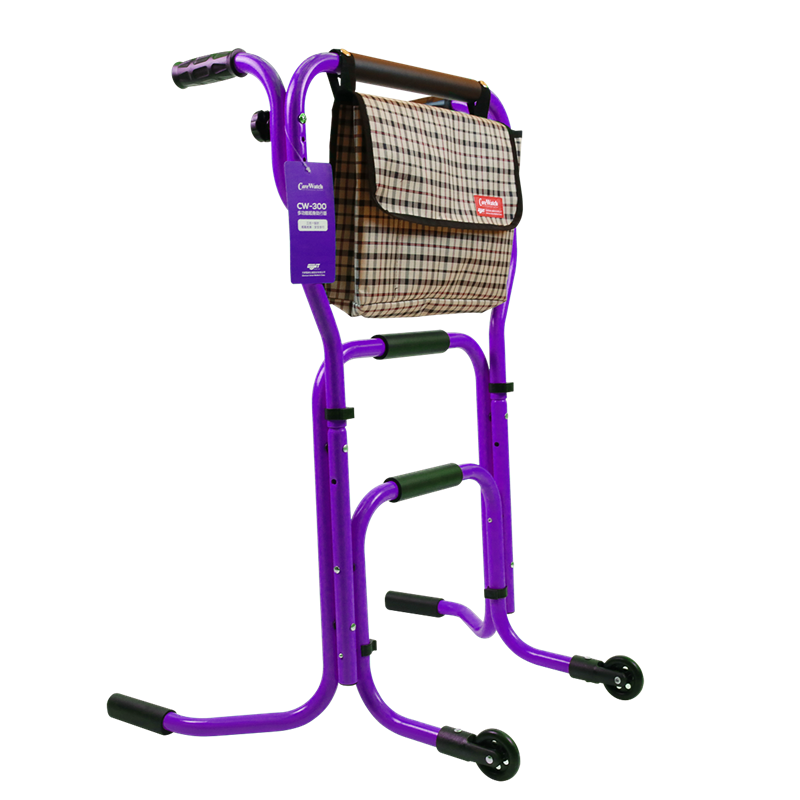
How can home modification aids improve the quality of life for seniors with disabilities?
Home modification aids can make seniors' living spaces more accessible and safe. For instance, installing grab bars in the bathroom can prevent falls, while adjustable countertops in the kitchen can make meal preparation easier. These modifications can help seniors with disabilities maintain their independence and improve their quality of life.
How can disability aids help seniors maintain their independence?
Disability aids can help seniors maintain their independence by assisting them in performing daily tasks that they might find difficult due to physical limitations or disabilities. For example, mobility aids can help them move around, adaptive tools can make eating and dressing easier, and communication aids can improve their ability to interact with others.